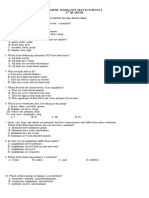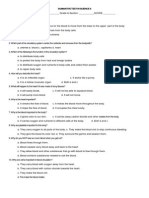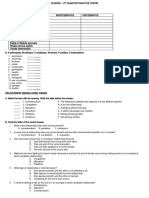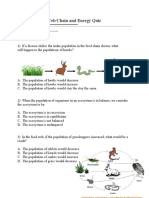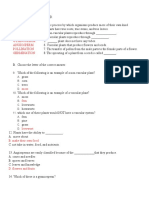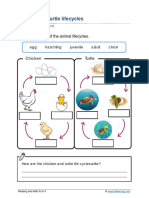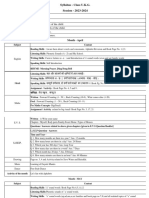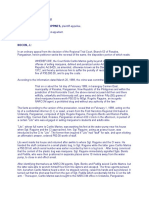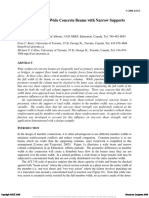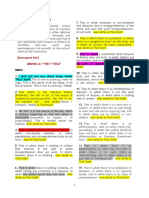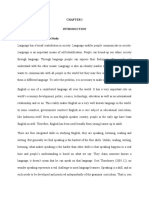0% found this document useful (0 votes)
168 views3 pagesPT3 Science6
This document provides a review for a periodic science test on vertebrates and invertebrates. It contains three sections - the first asks the test taker to identify if examples are vertebrates or invertebrates, the second asks them to match terms to their definitions, and the third asks them to identify the group that different animals belong to from options provided. An answer key is also provided.
Uploaded by
Arminda BarlamCopyright
© © All Rights Reserved
We take content rights seriously. If you suspect this is your content, claim it here.
Available Formats
Download as DOCX, PDF, TXT or read online on Scribd
0% found this document useful (0 votes)
168 views3 pagesPT3 Science6
This document provides a review for a periodic science test on vertebrates and invertebrates. It contains three sections - the first asks the test taker to identify if examples are vertebrates or invertebrates, the second asks them to match terms to their definitions, and the third asks them to identify the group that different animals belong to from options provided. An answer key is also provided.
Uploaded by
Arminda BarlamCopyright
© © All Rights Reserved
We take content rights seriously. If you suspect this is your content, claim it here.
Available Formats
Download as DOCX, PDF, TXT or read online on Scribd
/ 3

